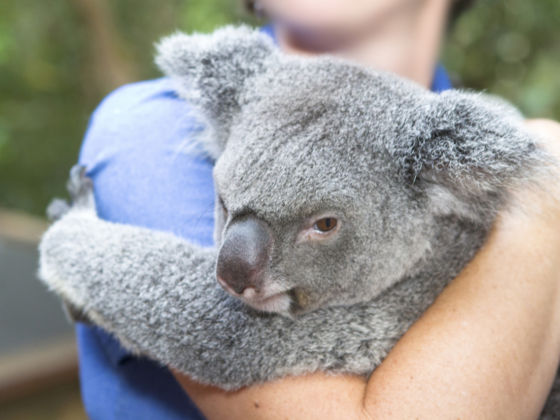Australian wildlife ranges from the utterly terrifying, like the deadly inland taipan, to the impossibly cute, like the bumbling wombat. But of all the terrestrial creatures down under, none is more enigmatic than the teddy bear-like koala, a treetop-dwelling marsupial known for its love of naps.
Despite being far from the innocent, adorable creatures they appear to be (they have an exceptionally high rate of chlamydia), koalas are the object of tourists’ affection wherever they’re found. One of the most prized souvenirs visitors seek is a photo of themselves embracing the small, gray animals, typically in a facility dedicated to this activity. A typical koala-hugging experience looks like guests lining up, passing the koala from one person to the next, and taking photos until the day is done.
